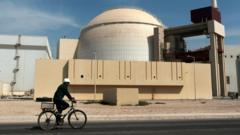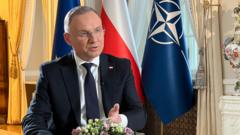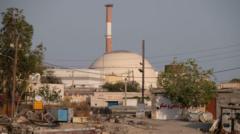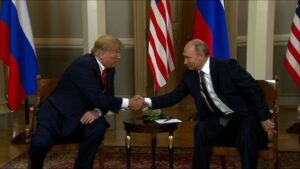Richard L. Garwin, a towering figure in nuclear physics, leaves behind profound questions on ethics in science after revealing his role in hydrogen bomb development and his efforts to prevent nuclear catastrophe.
A Hidden Legacy: The Dual Life of Nuclear Pioneer Richard Garwin

A Hidden Legacy: The Dual Life of Nuclear Pioneer Richard Garwin
Richard Garwin’s secret design of the hydrogen bomb and his lifelong battle against nuclear armament showcase the complexity of scientific innovation and moral responsibility.
In the world of nuclear physics, few figures loom as large as Richard L. Garwin, who, until his recent passing at age 97, carried a significant yet concealed burden. He was not just a scientist but a creator of the hydrogen bomb, an invention that redefined global military dynamics and posed existential threats to humanity. His legacy, however, is a dual narrative—one of a pioneering mind and an advocate for nuclear disarmament.
Garwin’s story traces back to a poignant moment in late 1954 when a cancer-stricken Enrico Fermi, a Nobel laureate and pivotal figure in the early nuclear age, received a visit from his student, Garwin. Fermi’s admiration for Garwin was boundless; he described him as "the only true genius I have ever met." Yet, unbeknownst to others—including his own family—Garwin had just turned a mere 23 when he engineered the world’s first hydrogen bomb. Its destructive power was staggering, nearly 1,000 times that of the Hiroshima bomb.
At a critical juncture in his life, Fermi expressed regret over his limited involvement in pressing public policy issues. After Fermi’s death shortly after their meeting, Garwin resolved to advocate against the very forces he had helped unleash. He emphasized that nuclear scientists carry an inherent responsibility to engage in and influence policy decisions regarding their creations.
In a transformation driven by the search for meaning and responsibility, Garwin became a longstanding advisor to various U.S. presidents, tirelessly working to mitigate the dangers of nuclear proliferation. A remarkable yet enigmatic character, Garwin’s life leaves a bewildering puzzle concerning the moral implications of scientific achievement and the active steps necessary to limit its perilous hand.
As his legacy unfolds, one cannot help but grapple with the duality of Garwin’s contributions; a brilliant scientist who birthed unparalleled destruction, yet spent his life advocating for a more peaceful existence forbidding such devastation. His life challenges us to consider the ethical weight carried by scientific discovery and its ramifications in an ever-fragile world.





















